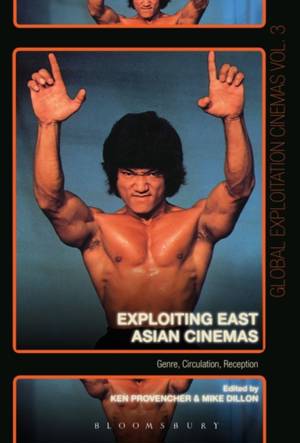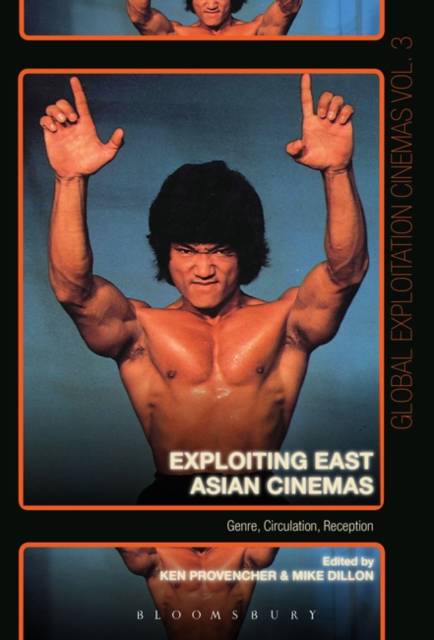
- Afhalen na 1 uur in een winkel met voorraad
- Gratis thuislevering in België vanaf € 30
- Ruim aanbod met 7 miljoen producten
- Afhalen na 1 uur in een winkel met voorraad
- Gratis thuislevering in België vanaf € 30
- Ruim aanbod met 7 miljoen producten
Zoeken
Exploiting East Asian Cinemas
Genre, Circulation, Reception
€ 271,45
+ 542 punten
Omschrijving
From the 1970s onward, "exploitation cinema+? as a concept has circulated inside and outside of East Asian nations and cultures in terms of aesthetics and marketing. However, crucial questions about how global networks of production and circulation alter the identity of an East Asian film as "mainstream+? or as "exploitation+? have yet to be addressed in a comprehensive way. Exploiting East Asian Cinemas serves as the first authoritative guide to the various ways in which contemporary cinema from and about East Asia has trafficked across the somewhat-elusive line between mainstream and exploitation.
Focusing on networks of circulation, distribution, and reception, this collection treats the exploitation cinemas of East Asia as mobile texts produced, consumed, and in many ways re-appropriated across national (and hemispheric) boundaries. As the processes of globalization have decoupled products from their nations of origin, transnational taste cultures have declared certain works as "art+? or "trash, +? regardless of how those works are received within their native locales. By charting the routes of circulation of notable films from Japan, China, and South Korea, this anthology contributes to transnationally-accepted formulations of what constitutes "East Asian exploitation cinema.+?
Focusing on networks of circulation, distribution, and reception, this collection treats the exploitation cinemas of East Asia as mobile texts produced, consumed, and in many ways re-appropriated across national (and hemispheric) boundaries. As the processes of globalization have decoupled products from their nations of origin, transnational taste cultures have declared certain works as "art+? or "trash, +? regardless of how those works are received within their native locales. By charting the routes of circulation of notable films from Japan, China, and South Korea, this anthology contributes to transnationally-accepted formulations of what constitutes "East Asian exploitation cinema.+?
Specificaties
Betrokkenen
- Uitgeverij:
Inhoud
- Aantal bladzijden:
- 248
- Taal:
- Engels
- Reeks:
Eigenschappen
- Productcode (EAN):
- 9781501319655
- Verschijningsdatum:
- 11/01/2018
- Uitvoering:
- Hardcover
- Formaat:
- Genaaid
- Afmetingen:
- 152 mm x 229 mm
- Gewicht:
- 494 g

Alleen bij Standaard Boekhandel
+ 542 punten op je klantenkaart van Standaard Boekhandel
Beoordelingen
We publiceren alleen reviews die voldoen aan de voorwaarden voor reviews. Bekijk onze voorwaarden voor reviews.







